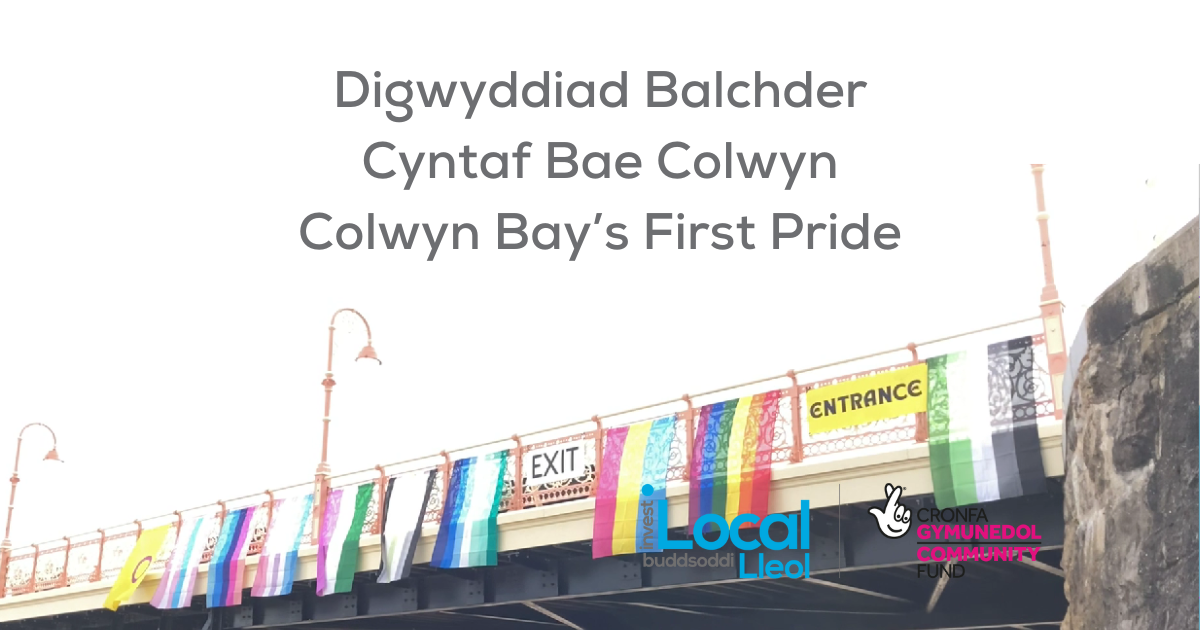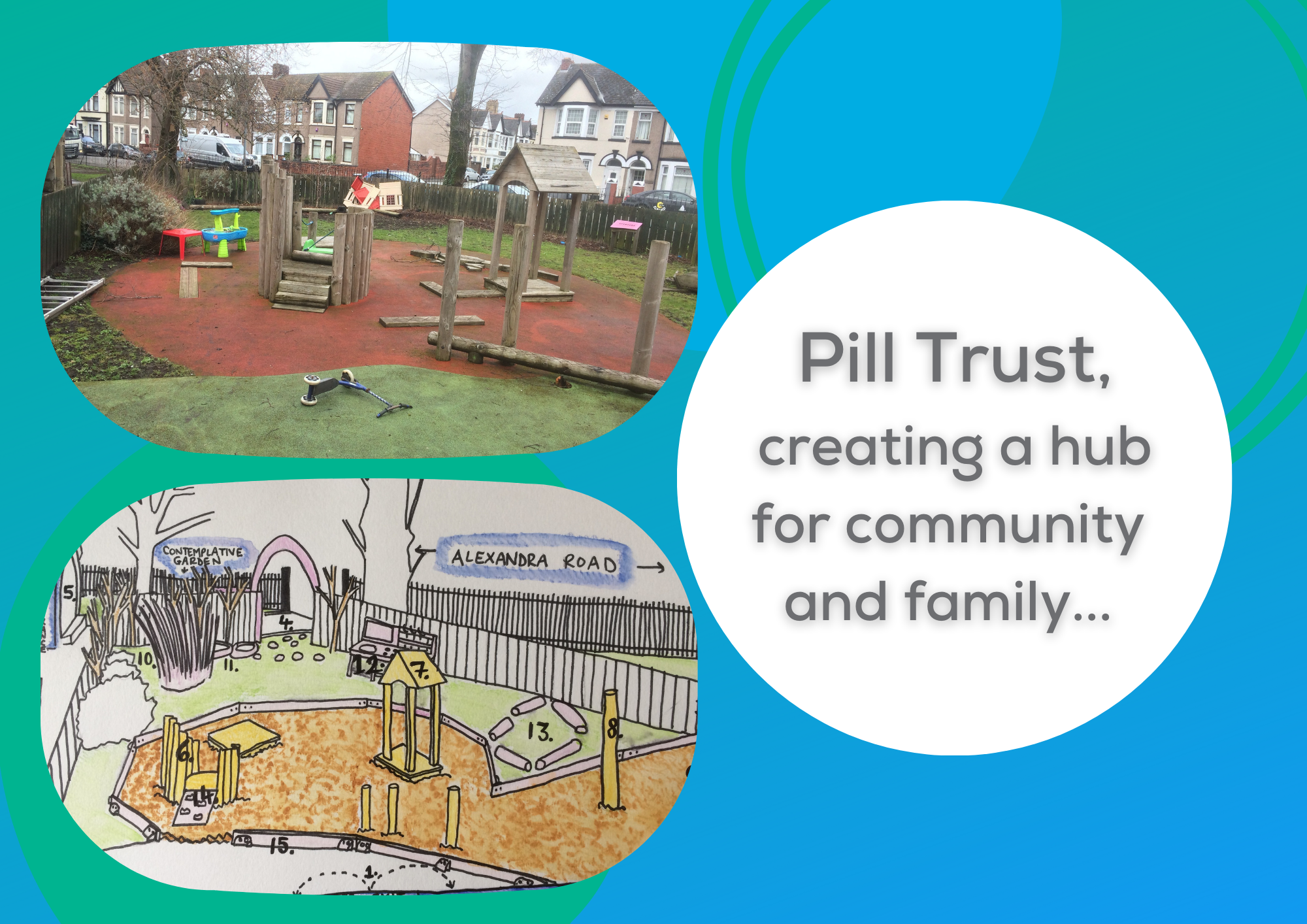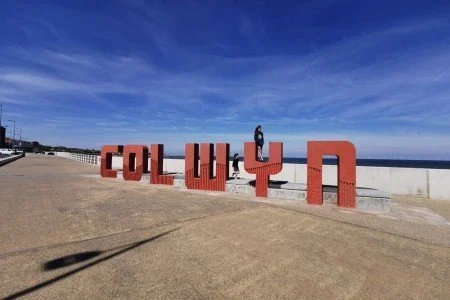COMMUNITY DEVELOPMENT IN ACTION: A VISIT TO BLAENAU FFESTINIOG
Chris Hemmings from the Invest Local group in Glyn, Colwyn Bay, writes about his recent trip to Blaenau Ffestiniog for a two-day conference hosted by our friends at Cwmni Bro Ffestiniog.
The trip was part of Invest Local’s Shared Learning programme, which gives community members a chance to visit inspiring projects and learn from each other.
As THE old slate quarrying centre of the region - and thus the planet – Blaenau Ffestiniog has a history to live up, but as that gargantuan industry is no more, neither are the revenues. Nor the employment and so the thriving Victorian frontier town, followed by the prosperous twentieth century ‘roofers of the world’ now have nigh on fifty years’ post-industrial subsistence to work on.
Of course, there's still a good deal of employment and income in the area: farming, government jobs, tourism, some manufacturing and retail. But the population has declined substantially and, for many years, Blaenau was a watchword for decline and decay, and excluded from the Snowdonia National Park which encircles it.
However, for the last twenty years or so, a post-decline resilience has been emerging, based largely local people being determined to build a sustainable future for themselves, not subject to the whims of global industry and uncontrollable economic cataclysms.
When I arrived in Blaenau, I headed for my accommodation at Y Pengwern – the old drovers’ pub. Y Pengwern had been thriving as the town had prospered, but closed down along with the quarries. However, local people raised the capital to purchase the building through hundreds of individuals in the community buying shares. Then, on gaining access to the dusty ruin, hundreds of hours of labour had been invested by skilled, semi-skilled and simply enthusiastic individuals to bring about the wondrous and atmospheric building in which I spent my night in the town. In meeting and chatting with many Blaenau folk over the two days I was there, I could see how the rescue of this ancient hostelry is a yardstick of their passion and commitment.
Having an hour spare after booking in, I gate crashed a meeting in the hostelry's meeting room where they were discussing environmental improvement works being carried out in three local river valleys by a mixture of local authorities, national charities and the local Cwmni Bro Ffestiniog. The very group I'd come to find out about here in action, saving their local wild spaces and integrating their work into that of the established organisations.
Later, I met up with a group of people from another Invest Local community – Caerau in the South Wales Valleys. We met at the Cwmni Bro coffee/gift/information centre shop (again, community owned, this time with a loan backed by the fact that part of the building houses a fish and chip shop, which is pretty profitable!).
A tour of the community projects I'd hoped would enable me to sample Blaenau's cycle project – mountain biking and some stark downhill tracks – but that was not to be in the rain and snow, so instead we stayed indoors at...
An entertaining bookshop, which held a great variety of texts on the Mabinogion, Welsh folk tales/history, and locals discussing the world at large.
The clothes recycling venture, which processes four tonnes of clothing a week and has a very impressive annual turnover, employing a good number of full and part time workers.
A shop/office holding Blaenau Gwyrdd, a sort of community hub, where they encouraged drop-in visits to discuss everything from employment to lowering your energy bills.
On day two, we gathered in the former police station, now the new community social, arts and cultural centre, CellB – once again, a community owned and run project. CellB has a cinema, bunk-beds for the night, cafe and large meeting room and had been renovated in a manner very similar to the tavern.
Essentially, the day discussed everything I've already described, emphasising at every stage the strength of their works' foundation in the support derived from the very mutually supportive community. It is never easy and much has been built on ever diminishing grant income streams. These will remain important wherever they can be accessed. However, it is also greatly important to instil a feeling of worth within the local population and a cohesiveness amongst them, leading to realisations that goals and dreams are indeed attainable.
It was really useful to see first-hand the results produced by a fairly small community of very committed individuals working together towards a set of common goals. I look forward to taking the ideas and approaches into discussions back home in Colwyn Bay.

































